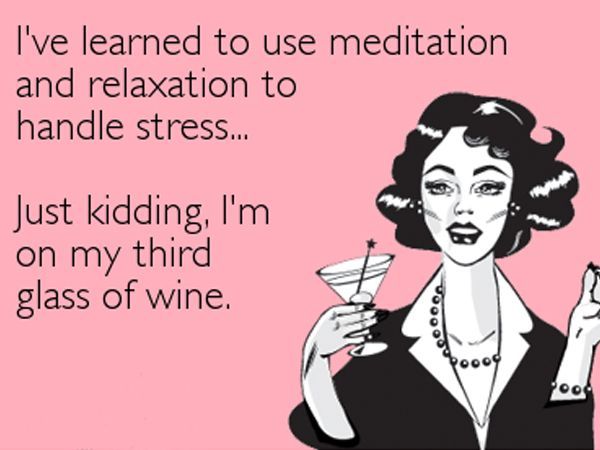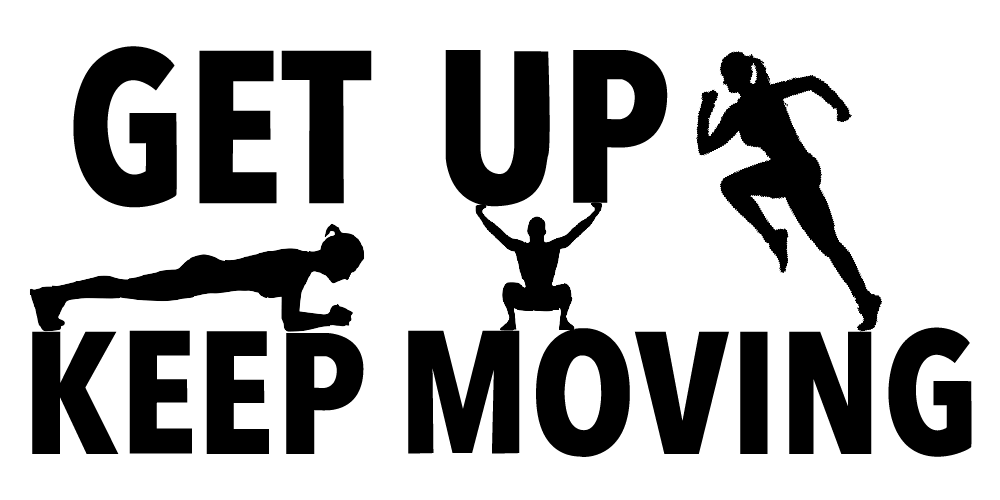LOVE AND RESPECT YOUR BODY
FOR EVERYTHING IT CAN DO.
Hello friends~
I’m so happy you’re back.
Before you read any further, I want you to know that I don’t have workouts and nutrition all figured out. No one does. All those people all over the internet who claim to, or look like they do – it’s an illusion. But I can honestly say that I know some things to be true.
This is Nutrition Guidelines That Truly Work. Part 2
Since I believe that anything worth saying is worth saying 1000 times (ask my kids), this is worth saying again:
Changing your body will not change your life. Changing your mindset and habits will.
Change takes time. “Diets” promise fast, and fast doesn’t last.
And before we get back into the guidelines, I really like Arnold Schwarzenegger’s Daily Pump newsletter. Here’s a tip from the newsletter recently:
Do you find yourself struggling with a new healthy habit or behavior that seems like too big a hurdle? Start with a small, easier healthy habit, which can lead to healthier habits that previously seemed difficult. Try taking regular short walks or doing 15 minute, simple workouts, which can lead to longer or faster walks, or more challenging workouts. Make one small nutritious change in your diet, and gradually your whole relationship with food might change.
To recap last week’s Guidelines Part 1:
“Diets” glorify rapid changes. If you drop weight too quickly, your metabolism could recalibrate, causing you to easily (and frustratingly) regain the pounds.
The relationship with your body and food is long term. The process isn’t linear as you age.
Don’t focus on “results”. As we evolve we have to be open to reevaluating our relationship with food, and apply knowledge. NOT rules.
Important: We are NOT talking about body weight here. NOT the number on the scale. This is about being strong and healthy.
Here we go. These guidelines are a bit longer, but so worth it.
GUIDELINE 6:

CUT DOWN ON THE BOOZE.
I am so tired of the memes and cartoons of exhausted, angry, or stressed women using booze to relax and cope, drinking to excess like it’s a big joke.
If you enjoy a glass of wine or a social cocktail, this is not intended to chastise.
But if drinking has a negative effect on relationships, work, sleep, or anything in your life, it’s time to evaluate it and take charge. If you’re using alcohol to unwind or to deal with stress (women are more likely to use alcohol as a coping mechanism), please try to find a different outlet. And consider looking for help. There’s more and more research coming out that it’s a fallacy that drinking can be ok, even in moderation. And it’s just dumb empty calories.
I’ve found a really good non-alcohol wine you might like to try. It really does taste good (at least to me). The whole bottle is 145 calories. They also have spirits substitutes and creative cocktail ingredients.
GUIDELINE 7:
EAT WHEN YOU’RE HUNGRY, NOT HANGRY, OR SLANGRY.
This one can be trickier than it sounds. Hangry eating might be used as a release for anger or stress. For me it’s slangry eating. I start scrounging around the kitchen for something to eat when I’m really tired rather than heading up the stairs to bed. I’m working on that.
Eat consciously, eat with intention. Make the choice to eat. Are you eating in response to emotion, or out of boredom? Try to take a pause, get up and literally do something. Easier than it sounds, I know. If these eating behaviors are already habits, they’re hard to break, so give it time and practice.
If you’ve been dieting on and off for a long time, you may not be able to tell when you’re hungry. If you’ve been following rules, programs, or meal plans it can be hard to trust your own judgement. Believe in yourself and take small steps at a time.
GUIDELINE 8:
UNDERSTAND THE DIFFERENCE BETWEEN FULL AND SATISFIED.
When I first went to Germany many years ago, I learned the phrase “Ich bin sat”, meaning, “I’m satisfied”. As an American the common term is “I’m full”. Servings are smaller in Europe too, and people take more time to consume a meal.
Americans often eat and drink on the go. In countries like Germany and France, pastry shops are everywhere, but the obesity rates are low. Meals are enjoyed slowly, and even bakery treats are shared, sitting down with ceramic cups and plates.
Obesity has become an epidemic in the US because there’s a difference in our relationship with food.
Enjoy what you eat, and take your time. Learn to notice when you’re satisfied. It is NOT a crime to leave food on your plate. True, food will be thrown away if you don’t clean your plate. So if you eat past the point of satiety – out of responsibility to a host, or in a restaurant, YOU’VE become the trash can.
GUIDELINE 9:
PREPARE MOST OF YOUR FOOD AT HOME.
Cooking at home can be difficult or even impossible, so consider weekly meal delivery programs, like Hello Fresh, or Purple Carrot We’ve alternated with both for many years – they offer simple preparation, with really good recipes and ingredients – choices of fish, meat, plant-based, or vegetarian. Most offer 2 servings per meal, so be aware of the quantity if you’re cooking only for yourself. Some meal programs are fully cooked.
If you do takeout, try not to go for fast food, and choose healthful, delicious things that you might enjoy in a restaurant, or entertaining friends. If you’re able, shop regularly and find a variety of all the colors of fresh fruits and vegetables, plus healthy carbs and protein sources.
GUIDELINE 10:
ENJOY A TREAT NOW AND THEN.
I enjoy something sweet every day. I like to bake (here’s my Valentine cupcake recipe!), and I look forward to a cup of a coffee and a cookie, a muffin or scone. Give yourself a treat – try these incredibly yummy cookies, available online and in the international aisle at Wegmans.
A varied diet that includes conscious treats makes life fun and enjoyable.
A caveat: Sugar addiction is real. In this Mount Sinai study: “There are neurochemical changes in the brain that occur when we overeat sugar that are similar to what is seen with addictions to drugs, like alcohol or morphine.” There’s a release of dopamine in the brain and then the desire to “chase the high”, eating another cookie, and another. You may crave sugar as a coping mechanism for anxiety or depression. A compulsion for sugar-laden foods and sugary drinks (even worse) can lead to remorse and guilt, and a cycle of negative behavior that becomes more difficult to overcome. Artificial sweeteners are not a great choice either.
Women with Polycystic ovary syndrome (PCOS) often crave sugar due to an imbalance of insulin. Please check with your doctor to determine if this is a concern. It can be a precursor to metabolic syndrome and diabetes.
These are guidelines that really do work. And remember they are NOT rules.
Here’s a book recommendation by Adam Bornstein, Arnold’s collaborator in the newsletter I mentioned at the top. You Can’t Screw This Up: Why Eating Takeout, Enjoying Dessert, and Taking the Stress out of Dieting Leads to Weight Loss That Lasts
I would love to know what you think, if you’ve tried one or two small steps like Ahhhnold recommended up top, and if you have any guidelines to share!
Onward~
Polli





One Response
Excellent blog. Great, useful information. Thank you Polli